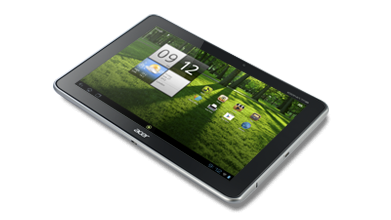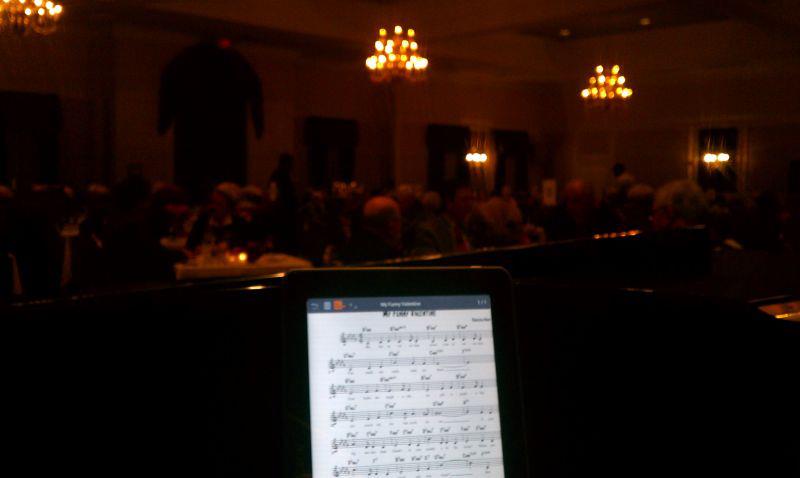Sheet Music Management – The Digital Solution
Managing my sheet music has been a struggle ever since I began playing piano regularly at a restaurant in college. In fact, even back when I was taking lessons from my mom, we had tons of photocopies all over the place because most sheet music books wouldn’t lay open without some clothespins and paper clips. We occasionally assembled binders, each photocopy tediously inserted into a plastic sleeve and clipped in.
This was my chief method putting together 2-3 hours of piano music for the restaurant. I spent a lot of time at Kinko’s making photocopies (trying to print double-sided to save paper and money), and stuffing the copies into sleeves, then clipping them into binders. Another method I tried was taking the stack of photocopies and having them bound with a little black coil – but after a couple of years those became quite worn and didn’t last as long as the plastic sleeve/binder method.
The two most problematic issues about these systems are that the music is often difficult to find, and it gets quite awkward to drag along six thick binders with you and plop them on the piano or the floor. Neither of these problems is too serious if you’re playing a predetermined setlist, but I often found myself in the position of taking requests. Perhaps one day I’ll have everything memorized and/or be able to play it by ear on the spot, but for now I rely on sight-reading fake book music. I have a gigantic book of fake music that has many of the standard songs that are requested, but carting that behemoth around is not practical.
To increase my repertoire for church services I purchased several books of new age piano music – by the likes of John Tesh and David Lanz. Wanting to find a better way, I tried something else: I cut the binding off the book, then hole-punch the pages together and stuck them in a binder. That worked pretty well, but I butchered a couple of books figuring out the process.
At some point early on in this adventure I started dreaming about a flat computer screen that would sit on the music stand and display the sheet music, and have some sort of pedal to turn pages. After tablets started becoming popular my dream became much more tangible … I could scan all my music into PDFs, then open them on a tablet and voilà! Tunes would be easily searchable and I could store THOUSANDS of them and handle all sorts of requests without having 50 pounds of paper nearby.

I let this idea percolate for a couple more years before finally buying a tablet. I purchased one with a decently wide screen, running Android. The plan was that I’d scan my music into PDFs (in and of itself a gigantic project), get them into a folder on the tablet, and be able to play and turn pages with the swipe of a finger.
As I was browsing around and trying out PDF readers, I stumbled across an Android App called MobileSheets, which basically helps manage and display sheet music on tablets. Perfect! Aside from simply displaying PDFs (or images), for each song you can specify a title, genre, composer, album, collection, etc., and include an audio track for listening practice. You can organize your songs into setlists, which is super amazing. There’s also an option to buy a Bluetooth pedal for page turning, but I haven’t tried that yet.
The Silver Bullet? Not quite – it will still take me many hours to scan music and enter it into the program. But that’s alright. For my screen size, regular two-handed arrangement are a little small to read. It is, however, perfect for one- or two-page lead sheets.
Nevertheless, I think having a tablet is the best long-term solution. It’s good to have sheet music backed up on my computer in case I lose my only paper copy, and I imagine that I’ll upgrade to a larger tablet screen in a couple of years, as the technology develops, so that I can read detailed music with greater ease. But overall, this is proving to be a nifty tool and harmonious user experience. Soon, I’m sure that I’ll be wondering how I ever managed without it.
